
8D ASSOCIATION
The 8D Association is dedicated to promoting the history of the railways of South Lancashire, Merseyside and North Cheshire.
Edge Hill Locomotive Shed – 8A.
Opened – 1864
Company on Opening – London and North Western Railway
Closed – 6th May 1968
Company on Closing – British Railways
Grid Ref – SJ383901
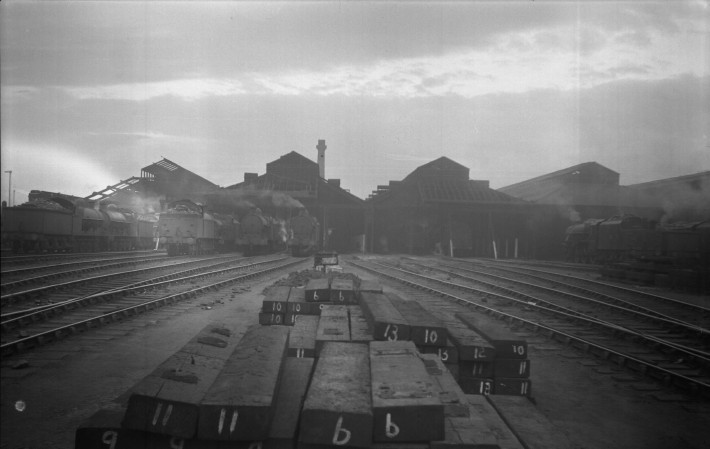
A good overall view of the shed before the start of the Second World War with several engines in steam. There is major rebuilding work being carried out on the roof with the L.N.W.R. roof partly stripped away prior to being replaced with an L.M.S. single pitch style roof. The part of the building seen here was the original 1864 structure with the 1902 extension being built to the rear. Taken in 1938.
Photograph from the D.K. Jones collection. (Supplied by Transport Image Archive via their Ebay shop).

Two L.M.S. built locomotives stand outside the depot. Stanier ‘Black 5’, No 44773 would remain allocated to 8A until being withdrawn in December 1967 from where it was sent to Cohens of Kettering and cut up in May 1968, the month the depot officially closed. Stanier ‘8F’ No 48467 fared no better being transferred from 8A to Patricroft 9H in May 1968 only to be withdrawn one month later, the loco too was cut up by Cohens of Kettering in 1969. 18th September 1966.Photo by Terry Tracey. (To view more of Terry’s interesting signal box website click here)

Photo by Terry Tracey. (To view more of Terry’s interesting signal box website click here)

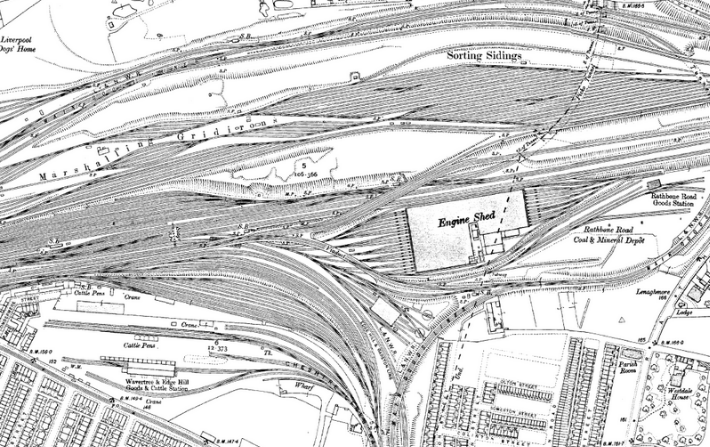
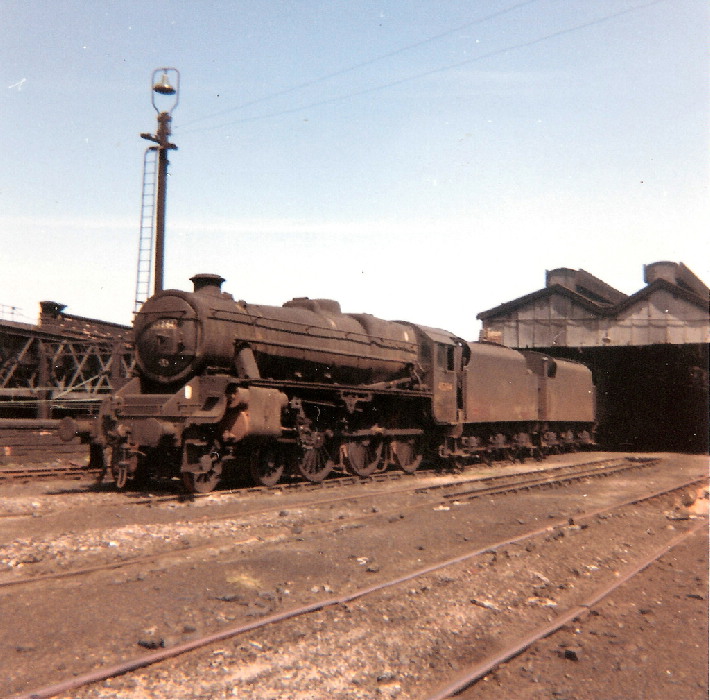
Photo by Laurence Smith. (To view more of Laurence’s Flickr photostream click here)
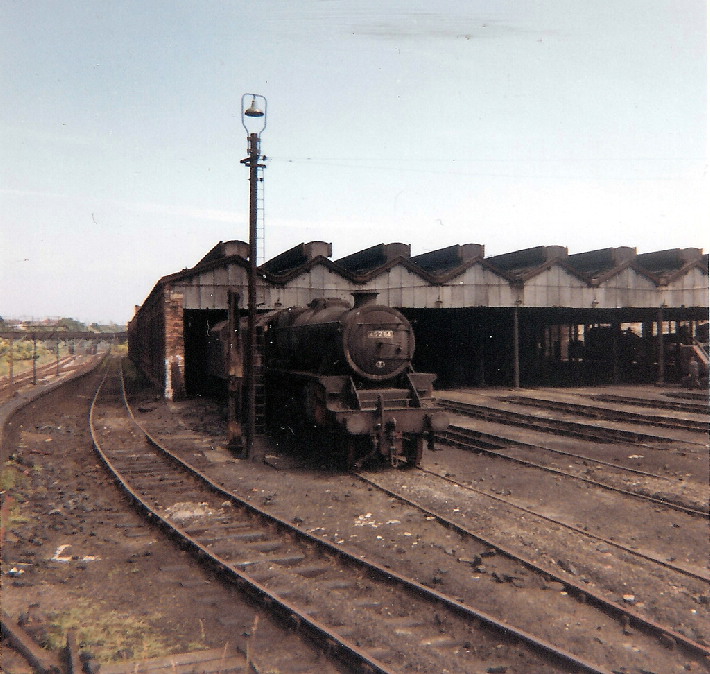
Photo by Laurence Smith. (To view more of Laurence’s Flickr photostream click here)

The location of 8A shed in 2013 and taken from the same location as the above picture.
Photo by Clive Meredith.

Photo by Terry Callaghan.
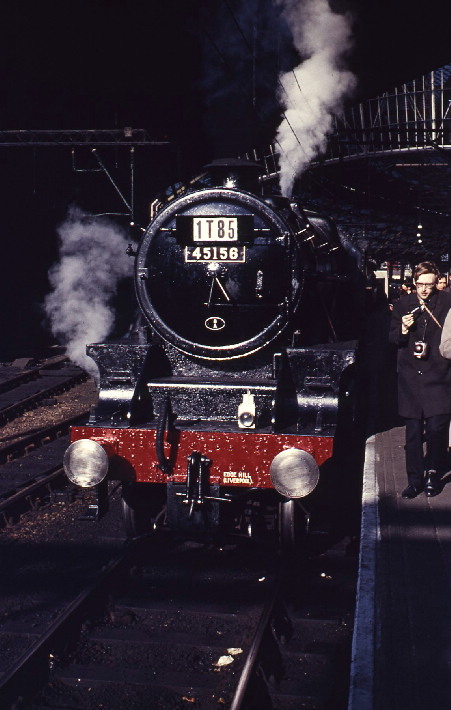
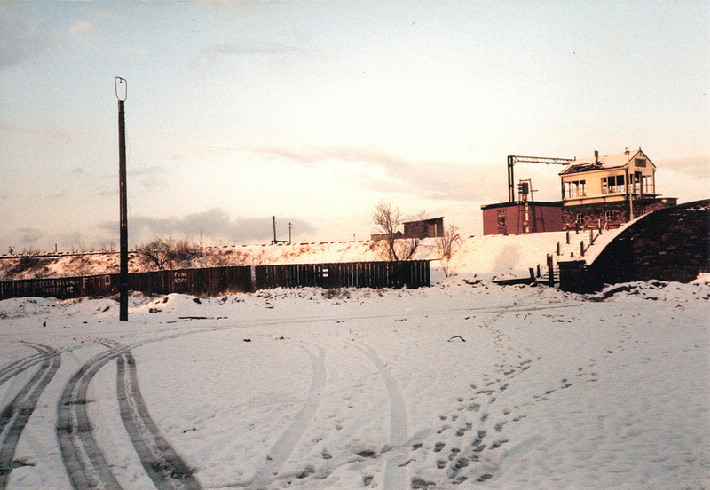
Photo by Laurence Smith. (To view more of Laurence’s Flickr photostream click here)
